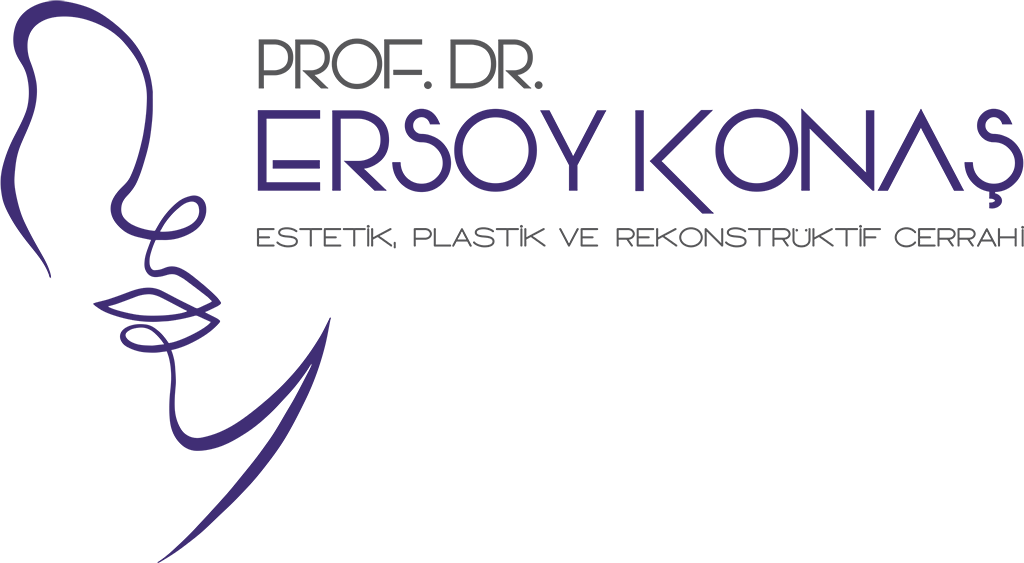Prof. Dr. Ersoy Konaş
Plastic Reconstructive and Aesthetic SurgeryNon-surgical Aesthetics

What is Chemical Peeling?
Chemical peeling is a procedure that involves chemical exfoliation to enhance skin function and appearance by removing the outermost layer of the skin.
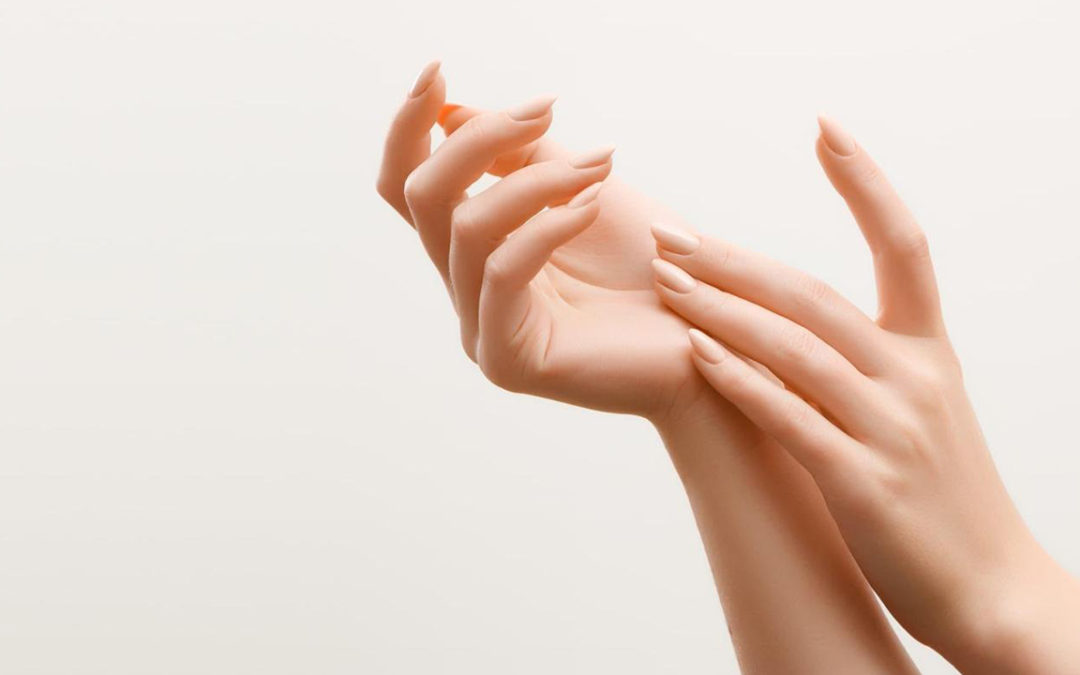
What is Hand Rejuvenation?
Signs of aging on hands can be alleviated with methods that renew or plump the skin such as fat injections, PRP, dermapen, hyaluronic acid fillers, and chemical peeling.
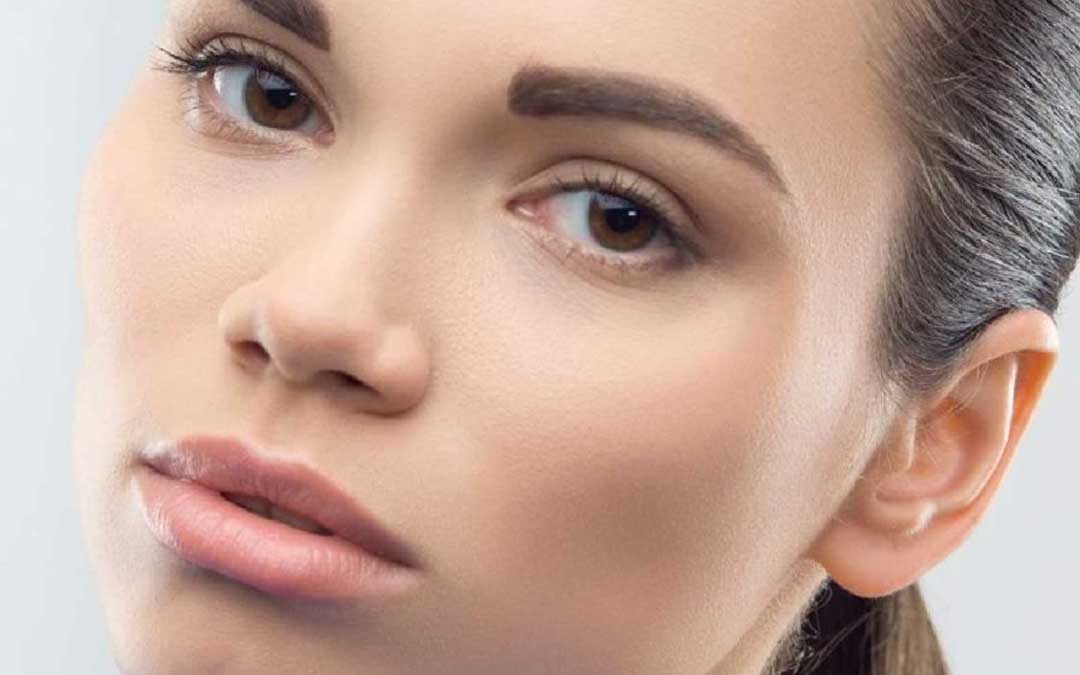
What is PRP?
PRP is one of the effective anti-aging methods used to rejuvenate the skin, improve its elasticity, reduce wrinkles, thicken weak hair, and repair old and new deformations on the skin. It is applied by filtering some amount of blood taken from the patient and injecting the growth factors obtained into the area to be improved. After PRP treatment, which can be applied to anyone over 18 years of age and without medical conditions, the patients can immediately return to their daily life. The effects of PRP treatment, which is an approximately 30-minute procedure, begin to be seen from the 2nd to 3rd session.
What is PRP?
The procedure of separating a small amount of blood taken from the person’s body into plasmas by a special process and injecting the obtained platelets into the body is called PRP (Platelet Rich Plasma). The plasma obtained during this process is very rich in cells called platelets. The primary function of platelets is to ensure blood clotting. Platelets also play an important role in wound healing through growth factors. Cell regeneration, which is slowed down by genetic and environmental factors, is triggered with this procedure, in which the patient’s blood is used instead of medication. PRP is used in many areas such as skin rejuvenation, pain management, and hair loss.
What Conditions are treated with PRP?
PRP treatment can be applied for décolletage area, the face, neck, fine lines on the hands, areas that are pale and have lost their elasticity, skin spots, hair loss, acne, and other scars.
The areas where this treatment is used most:
PRP in skin renewal: Thanks to PRP, which is used in wrinkles, blemish formations, scars, and acne scars as well as skin cracks, these problems can be alleviated and treated. If the procedure is applied together with treatments such as laser, radio frequency, and chemical peeling, it gives more permanent results, and the treatment process is accelerated. PRP is also used to eliminate deformations on the skin due to various reasons.
PRP for hair loss: Hair loss between 100-150 strands of hair per day is considered normal by doctors. If hair loss is above this rate, it is intervened. One of these interventions is PRP treatment. PRP prepared from the patient’s blood is injected into the area of hair loss by the plastic surgeon with fine-tipped needles. Thanks to the growth factor and proteins that promote tissue healing, cell regeneration is accelerated in the hair loss area and hair becomes stronger and denser. PRP treatment, which is successfully applied in people with genetic hair loss, can be combined with hair mesotherapy.
What should be considered before PRP treatment?
PRP is not a surgical procedure. Before and for a few days following the procedure, it is sufficient to stop taking medicines, vitamins, and herbal teas with a blood thinning effect and not to consume alcohol.
How is PRP treatment performed?
As a first step, the amount of blood to be processed is taken from the patient. This blood is separated into two parts as white blood and red blood. Red blood contains platelets, white blood cells, clotting factors, and PGF (Platelet growth factor). Red blood, which is subjected to a special process, is injected into the area to be healed on the skin or the area with hair loss. The aim here is to renew the tissue.
What should be considered after PRP treatment?
The things that patients who have PRP treatment should pay attention to after the procedure are as follows:
This is not a surgical intervention, the patient can return to daily life on the same day.
If swelling occurs in the treated area after the application, ice massage can be done.
The patient should not wash the treated area for the first 6 hours. If the patient stops the consumption of blood thinners, herbal teas, and alcohol for a few days, this measure reduces the formation of bruises.
Make-up should not be applied for 24 hours after PRP treatment on the face.
Due to the risk of infection, the patient should not go swimming and enter the pool for the period determined by the doctor.
What are the effects of PRP treatment?
PRP treatment is used not only for cosmetic purposes but also in the treatment of tissue damage and musculoskeletal disorders. The following results are seen in those who have PRP treatment:
The skin becomes more elastic and glowing.
It restructures and revitalises the applied area.
All vital functions of the skin are supported.
Hair becomes stronger.
It repairs wounds and skin damage.
When are the results of PRP treatment seen?
It is wrong to expect immediate results after PRP treatment because the procedure carries out the renewal of the skin or the applied area in a certain period. The results of PRP treatment begin to be seen after the second or third session.
After the procedure, skin tightening, reduction in sagging, reduction in wrinkles, and reduction in spots and scars on the skin are provided. After PRP treatment for hair, there is an increase in hair thickness and hair thickening in sparse areas.
To whom is PRP treatment not applicable?
It can be applied to men and women of all ages. However, this procedure is not performed in cancer patients due to low platelet count. This procedure is also not applied to those who have infection and inflammation problems in the area to be treated, pregnant and breastfeeding women.
Frequently asked questions about PRP treatment
What is the PRP application and what does it do?
The method used for problems such as wrinkles, blemish formations, acnes, scarring, and hair loss in the body is called PRP treatment. After this procedure, which is performed with a small amount of blood taken from the person’s body, the patient has stronger hair and more vibrant and firm skin. PRP is the abbreviation of ‘Platelet Rich Plasma’.
How many sessions is PRP applied? How many minutes does it take?
PRP treatment is applied in 3-4 sessions with 2 weeks intervals. There is no harm for patients who want to have PRP treatment again, which is not a permanent procedure, after an average of 1 year. Sessions last an average of 30 minutes. After the procedure, the patient is discharged on the same day.
Is PRP harmful?
PRP treatment does not have any side effects. The biggest reason for this is that PRP is made from the patient’s blood. Allergies or other reactions do not occur in the patient’s body since no foreign substance is used. Mild pain and bruises that may occur after the procedure disappear after a short time.
To whom is PRP applied?
PRP treatment is applied to those who have deformations such as wrinkles, sagging, scars, acne scars, and those who have weak and sparse hair structures. After the procedure, patients have more vibrant skin and healthier hair structure.
At what age should PRP be performed?
This procedure can be applied to anyone over the age of 18, male or female.
The benefits of PRP hair treatment
PRP treatment provides the repair of weakened brittle and thin hair. Hair follicles are treated and become thicker and more voluminous. Apart from this, it helps the skin to be brighter, wrinkle-free, and vibrant.
PRP treatment costs
“PRP treatment costs”, “PRP costs for hair treatment”, “PRP treatment cost 2023”, “PRP cost”, “PRP costs 2023” and “PRP treatment cost in Ankara” are among the most frequently asked questions by patients planning to have this procedure. The cost of this procedure varies depending on the hospital where the procedure will take place, the type and severity of the deformation, the patient’s condition, the quality and quantity of the material used and the experience of the doctor who will perform the procedure. You can get the most accurate information about PRP treatment prices from your physician.
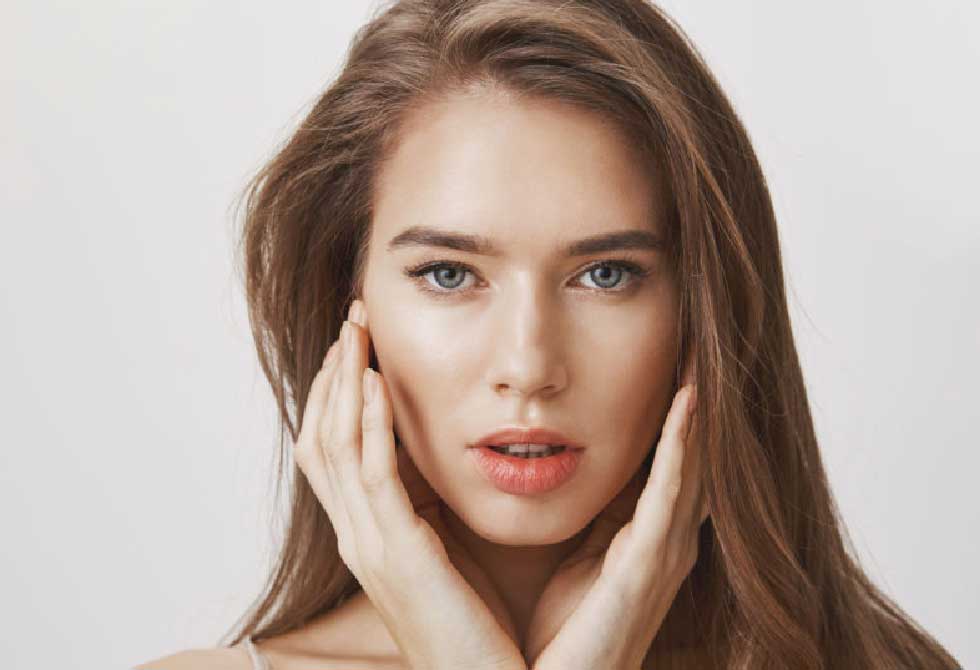
What is Masseter Botox?
One of the most important jaw deformities is enlargement of the masseter to the extent that it becomes visible from the outside and it results from compressing the jaw and grinding teeth. Masseter botox, also known as jaw botox is one of the methods used to eliminate...
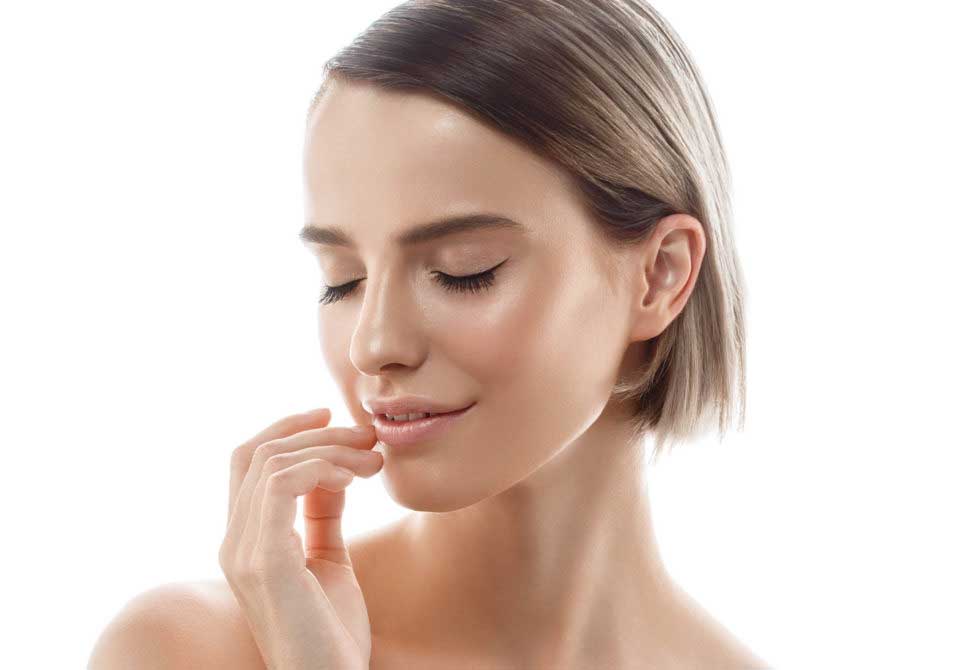
What is a Jawline Aesthetic Surgery?
Jawline is a non-surgical aesthetic operation performed on the face and has attracted increasing popularity in recent years. A Jawline operation emphasizes the jawline and uses fats from the hip or the abdomen, or hyaluronic acid as the filler. Hyaluronic acid fillers...
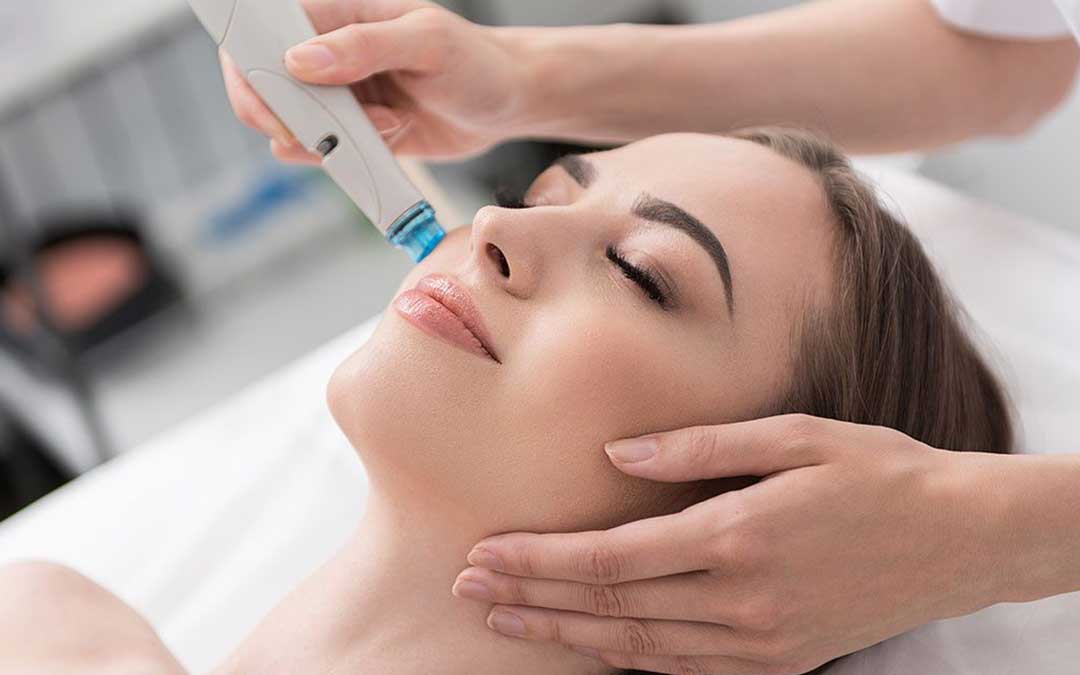
Skin rejuvenation, scar and spot removal with Dermapen
Dermapen is a “micro needling” method gaining a widespread use in recent years. This is also called the “multiple needling method”. With this method, specialist doctors stimulate the skin, allowing the skin to renew itself. The special device used for the procedure contains fine needles. During the procedure, these needles are contacted with the skin, but since they are very thin, they do not cause any pain. The method is used to remove acne scars, blemishes and stretch marks. Specialist doctors also recommend this method for skin rejuvenation.

What is Lip Augmentation?
Lip augmentation is a procedure that performed to make the lips fuller and plumper. Specialist doctors use different fillers, especially hyaluronic acid, for lip augmentation available on the market approved for safety. This is a procedure performed in office settings and does not require anesthesia. The results are obtained immediately and last about 6 months.
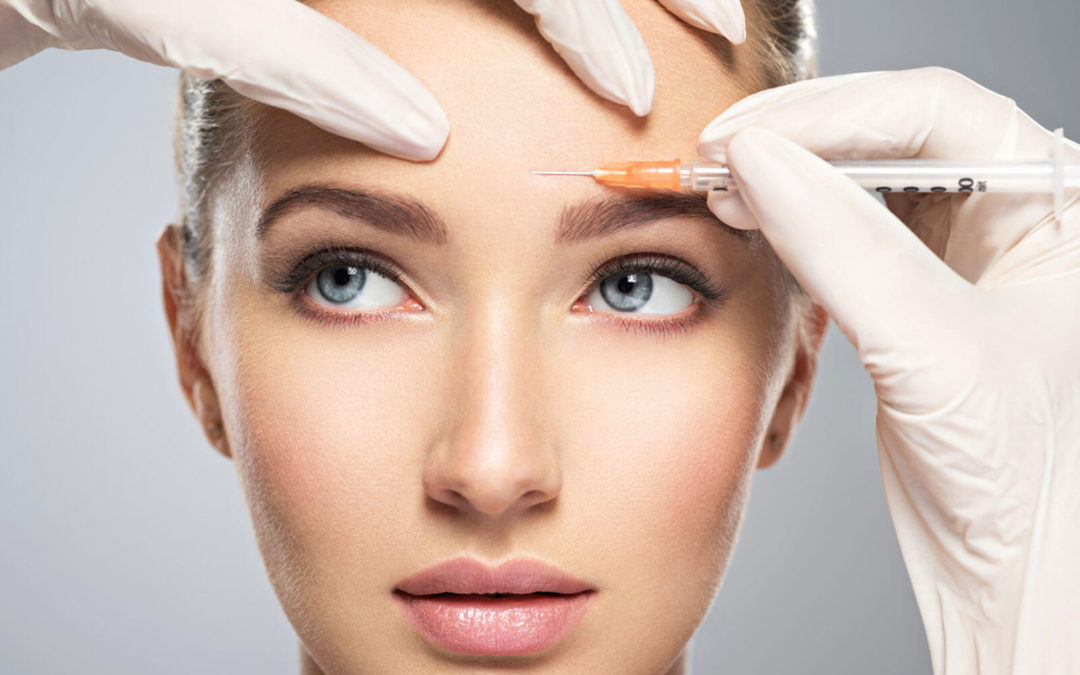
What is Botox and how is it applied?
Botox is one of the most applied non-surgical aesthetic interventions all over the world. It temporarily blocks the muscle contraction in the injection site and thus removes or lessens the appearance of wrinkles in that area and prevents the formation of new ones. Botox is a bacterial toxin produced in a laboratory environment which is harmless when used appropriately by a specialist physician. It is also used for the treatment of problems such as excessive sweating, migraine and teeth clenching.


